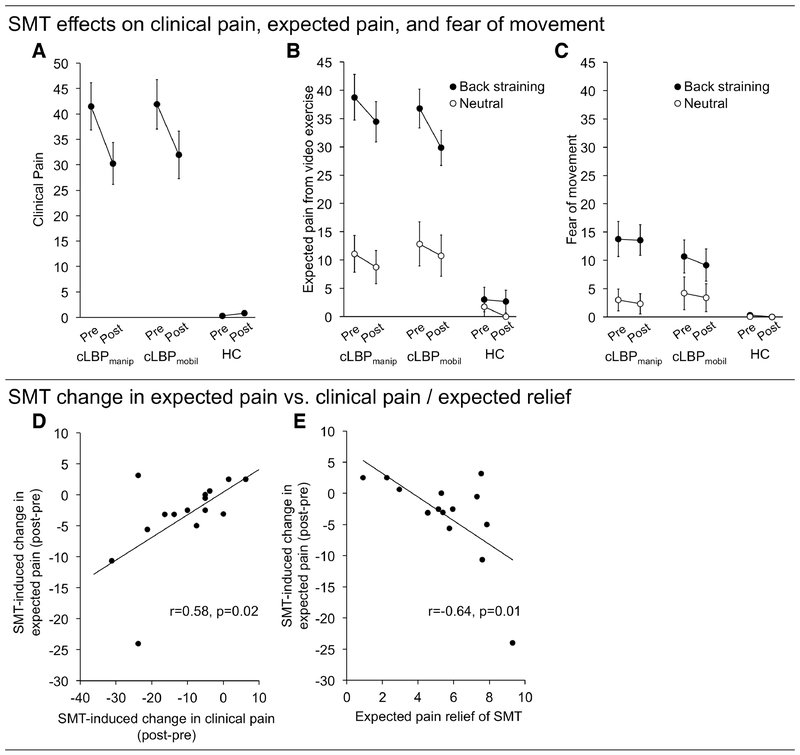Figure 4: SMT-induced change in clinical pain and expected pain from, and fear of, performing physical exercises.
A) SMT significantly reduced clinical pain (p=0.003), but this pain change did not differ between SMTmanip and SMTmobil (p=0.65). B) SMT reduced expected pain from performing exercises in cLBP (p=0.01). This reduction was significantly stronger for back straining relative to neutral exercises (p=0.03). C) SMT reduced overall fear of performing exercises in cLBP (p=0.046). D) SMT-induced change in clinical pain (postSMT – preSMT) correlated with SMT-induced change in expected pain, such that those with the strongest pain reduction also had the strongest reduction in expected pain of performing back stressing exercises. (E) In cLBP patients, expected pain relief of SMT correlated significantly with SMT-induced change in expected pain from performing exercise (Back straining-Neutral). cLBP = chronic Low-Back Pain; HC = Healthy Control; SMT = Spinal Manipulative Therapy. *p<0.05

